Introduction
Gardeners around the world are enchanted by the vibrant, daisy-like blooms of the African daisy. Known for their striking colors and resilience, African daisies brighten up gardens and landscapes with their sun-like blooms. The African daisy belongs to the genus Osteospermum and offers a variety of cultivars that delight with their unique beauty and ease of care. Originally hailing from the diverse landscapes of Southern Africa, these daisies have found a special place in gardens worldwide due to their adaptability and stunning appearance.
Understanding African Daisies

Characteristics of African Daisies
Description: Colors, Size, and Growth Habit
African daisies boast a remarkable range of vivid colors, including purples, pinks, yellows, oranges, and whites. These multifaceted blooms often feature contrasting centers, adding to their visual appeal. They typically grow to a height of 6 to 12 inches, spreading out to create a vibrant carpet. Their growth habit is bushy and compact, making them ideal for borders, containers, and as ground covers.
Native Habitat: Discuss Origins in Southern Africa
African daisies are native to the diverse climates of Southern Africa, an area renowned for its rich biodiversity. In their natural habitat, these hardy plants have adapted to thrive in conditions of intense sunlight and dry spells. This adaptability to arid environments is a testament to their resilience and an indicator of their potential success in gardens worldwide, especially in areas with full sun exposure.
Varieties of African Daisies
Popular Cultivars
The world of African daisies is broad, with many cultivars offering a spectrum of colors and patterns. Popular varieties such as 'Serenity Blue Eyed Beauty,' 'Sunshine Beauty,' and 'Cape Daisy' provide gardeners with a palette of options. Each cultivar brings distinct colors and petals, ranging from smooth to frilled edges, thereby allowing customization in any garden setting.

Choosing the Right African Daisy for Your Garden
When selecting African daisies for your garden, consider factors such as color preference, bloom time, and growth habit. Native Species like Osteospermum ecklonis and Osteospermum jucundum can be mixed into your landscape for longer-lasting blooms and increased color diversity.
Growing African Daisies
Ideal Growing Conditions
Light Requirements
African daisies thrive in full sun, requiring at least 6 hours of direct sunlight daily. Their blooms open with the sun and close as it sets, making them an ideal choice for sunny spots in your garden or patio.
Temperature and Climate Considerations
These resilient plants prefer temperate climates and do well in USDA zones 9 through 11. While they can withstand brief periods of cooler temperatures, they thrive in environments that maintain warmth and plenty of sunlight throughout the growing season.
Soil Preferences
African daisies perform best in well-draining soil with a slightly acidic to neutral pH. Amend garden beds with organic matter such as compost to improve soil texture and fertility, which in turn supports robust growth and vibrant blooms.

Propagation Techniques
Seed Raising
Raising African daisies from seed is a rewarding way to expand your collection. Begin by sowing seeds indoors 6-8 weeks before the last frost date. Transplant seedlings outside once the danger of frost is past and the soil is warm.
Propagation from Cuttings
Another effective method to propagate African daisies is by taking cuttings. During the growing season, snip 4-6 inch sections from healthy, mature plants. Remove the lower leaves, dip the cut end in rooting hormone, and plant in a well-draining mix. Maintain humidity by covering with plastic, ensuring that cuttings remain moist until rooting occurs.
Maintaining African Daisies
Watering and Feeding
Watering Guidelines
African daisies are drought-tolerant once established, but they perform best with regular watering during prolonged dry spells. Ensure even moisture, but avoid waterlogged soil, which can lead to root rot. Allow the soil surface to dry out between watering sessions to maintain healthy root systems.
Fertilization Needs
Although not heavy feeders, African daisies will benefit from a light application of balanced, slow-release fertilizer in early spring. This promotes vibrant blooms and sustained growth. Avoid over-fertilization, which can lead to lush foliage at the expense of flowers.
Pest and Disease Management

Common Pests
African daisies are relatively pest-free, but you may occasionally encounter aphids, slugs, or spider mites. Regularly check plants and use organic insecticidal soap or a strong stream of water to manage infestations.
Disease Prevention
Proper cultural practices greatly reduce disease risks. Water at the base of plants to prevent foliar diseases, and ensure good air circulation to ward off issues such as powdery mildew. Practice crop rotation in garden beds to maintain plant health year after year.
Maximizing Blooms with Pruning
Importance of Deadheading
Deadheading, or the removal of spent flowers, is crucial for prolonging bloom time in African daisies. Regular deadheading prevents seed formation, encouraging the plant to redirect energy into producing more flowers.
Cutting Back for Rejuvenation
Mid-season cutting back can reinvigorate African daisies, promoting fresh growth and extending their blooming period. Trim back stems by one-third to stimulate new shoots and an abundance of flowers in late summer and fall.
Landscaping with African Daisies
Garden Design Ideas
Incorporating Daisies into Existing Landscapes
African daisies seamlessly integrate into a variety of garden styles. They work well in cottage gardens alongside other sun-loving flowers like lavender and salvia, as well as in modern aesthetic spaces where they add vibrant color and texture.
Companion Planting
Combine African daisies with contrasting foliage plants or alongside the Agapanthus 'Lily of the Nile' for enhanced visual interest. The subtle blue of Agapanthus complements the cheerful hues of African daisies, creating a striking garden vignette.

Container Gardening Opportunities
African daisies excel in container gardens, allowing for versatility and mobility in garden design. Choose containers with excellent drainage and pair with plants like the Agave Blue for a dynamic display. Position containers on patios or entryways for a welcoming touch.
Seasonal Care for African Daisies
Spring and Summer Care
In spring, begin with soil amendments and fertilization to jumpstart the growing season. Monitor for pests and diseases while ensuring adequate nutrition and sunlight. As temperatures rise, adjust watering schedules to match plant needs.
Fall and Winter Considerations
As temperatures drop, reduce watering frequency and apply mulch to insulate roots in colder climates. In frost-prone areas, consider moving container plants indoors or implementing frost protection measures to safeguard perennials from cold damage.
Conclusion
African daisies are resilient, colorful additions to any garden space, admired for their vibrant blooms and adaptability. With the right care and attention, these charming flowers will reward you with a season of beauty and color. Start your African daisy journey today by exploring Plantology’s extensive collection of vibrant blooms and versatile garden plants.
Visit our Plantology website to discover our curated selection of African daisies along with other exceptional plants like the Adonidia Palm Double to enhance your garden space with lush, tropical vibes.
Exploring African Daisies: A Spectrum of Beauty

The Aesthetic Appeal of African Daisies
Color Variations and Their Impact
African daisies are celebrated not only for their vibrant, wide-ranging colors but also for the way these colors interact with garden elements. From the deepest purples to the most brilliant whites, each hue plays a role in crafting an aesthetic that can suit contemporary, rustic, or eclectic garden designs. The rich colors of African daisies often serve as focal points, drawing the eye and creating vivid pockets of interest among greenery and ornamental foliage.
Textural Contrasts
Aside from their colors, African daisies provide an intriguing textural element. The smooth petals contrast beautifully with fuzzy or spiky foliage that may occupy nearby spaces. Consider pairing them with textured plants like succulents or silver-leaved plants such as Artemisia to enhance these tactile contrasts.
Sensory Engagement
Fragrance and Wildlife
Though African daisies are not typically known for their scent, they do attract a variety of beneficial wildlife to the garden, including bees and butterflies. This ecological value adds a layer of sensory engagement to the garden, where the sight of vibrant blooms is complemented by the gentle buzz of pollinators.
Creating a Multi-sensory Garden Experience
For gardeners looking to maximize sensory experiences, consider grouping African daisies with fragrant herbs like lavender or rosemary. This creates aromatic pathways that not only draw visitors in visually but also provide delightful smells and textures when brushed against, offering a full sensory experience.
Integrating African Daisies into Different Garden Styles

Cottage Garden Elegance
Incorporate African daisies into cottage gardens by pairing them with other quaint flowers like foxgloves and delphiniums. Their open blooms harmonize with traditional cottage elements, providing a sense of continuity and seamless integration.
Modern and Minimalist Gardens
In modern garden designs, the simplicity of African daisies can offer a stunning accent to sleek architectural lines and minimalist plantings. Arrange them in mass plantings for bold swathes of color or use them sparingly as unique touches in a gravel garden or a zen landscape.
Xeriscaping and Sustainable Gardens
Utilize the drought-tolerant nature of African daisies in xeriscaping. Paired with gravel, rocks, and a selection of succulents, they contribute to an eco-friendly landscape that conserves water while remaining colorful and inviting.
Urban and Rooftop Gardens
In urban environments, utilize African daisies in rooftop gardens or urban micro-gardens where space is a premium. Their vibrant colors bring life to confined spaces and container settings, where they can be easily maintained and rearranged for maximum aesthetic impact.
Advanced Gardening Techniques for African Daisies
Selective Breeding and Hybridization
For enthusiasts and professional horticulturists, the breeding and hybridization of African daisies present an opportunity to explore new color combinations and growth habits. By cross-pollinating different cultivars, gardeners can develop unique plants that offer unprecedented beauty or increased resilience.
Organic and Eco-friendly Gardening Practices
Practicing organic gardening helps maintain healthy ecosystems in your garden. Utilize natural fertilizers like bone meal or seaweed extract to nourish African daisies without reliance on synthetic chemicals. Additionally, implement companion planting strategies, such as growing marigolds nearby to deter pests naturally.

Landscape Water Management Systems
In regions prone to dry spells, integrate water management systems like drip irrigation to deliver water directly to the roots while conserving water. This practice not only ensures the health of African daisies but also exemplifies responsible garden stewardship.
Personalizing Your Garden with African Daisies
Themed Gardens and Color Schemes
Create themed gardens that feature African daisies prominently. An example is a 'Sunset Garden,' featuring warm-hued daisies mingling with plants such as coral bells and blue oat grass to mimic the captivating hues of a setting sun. By using the daisies as color anchors, gardeners can craft spaces that evoke specific moods or natural phenomena.
Crafting Edging and Borders
Due to their compact and bushy growth habit, African daisies make excellent choices for garden edging and borders. Line pathways and flower beds with alternating colors to define spaces within the garden and guide visitors through the landscape.
Community and Educational Engagement
Workshops and Floral Arranging Classes
Organize community workshops focusing on African daisy propagation, care, and creative uses in flower arranging. These sessions can foster community relationships and spread enthusiasm for gardening while empowering individuals to enhance their own garden spaces.
Educational Initiatives and School Projects
The resilience and colorful appeal of African daisies make them excellent subjects for educational projects. Partner with local schools to create garden spaces where students can learn firsthand about plant biology, responsibility, and ecological principles through hands-on gardening activities.

Enduring Benefits of African Daisies
In conclusion, African daisies are not just beautiful additions to gardens; they offer enduring benefits to ecosystems and individuals alike. Their adaptability to various climates, combined with their ease of care, makes them accessible to gardeners of all levels. Whether used to anchor themed gardens, attract pollinators, or serve as subjects of community education, these daisies shine in multiple roles, embodying the intersection of beauty and practicality. By integrating African daisies into your garden, you craft not only a space of visual splendor but a living tapestry of ecological harmony and personal expression.
To explore an array of African daisies and companion plants like the Agapanthus 'Lily of the Nile' and Adonidia Palm Double, visit the Plantology website today. Embark on your gardening journey with our curated selection, and transform your garden into a masterpiece of nature's artwork.

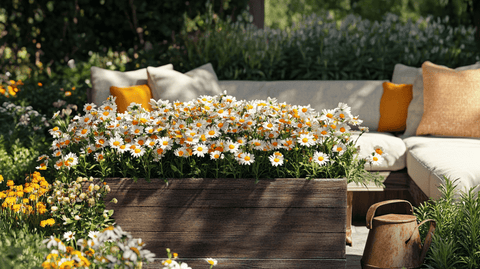

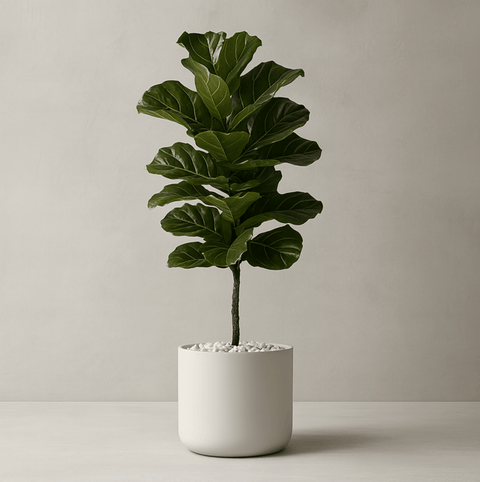
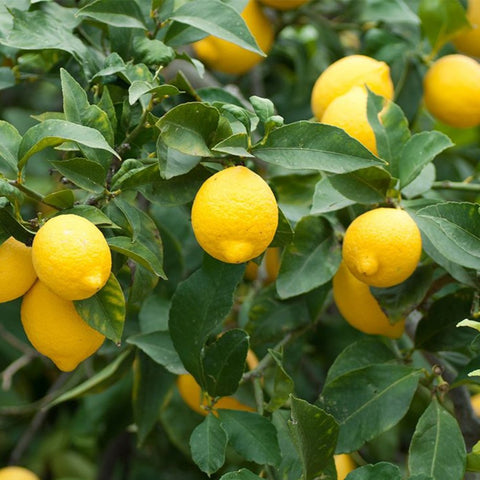
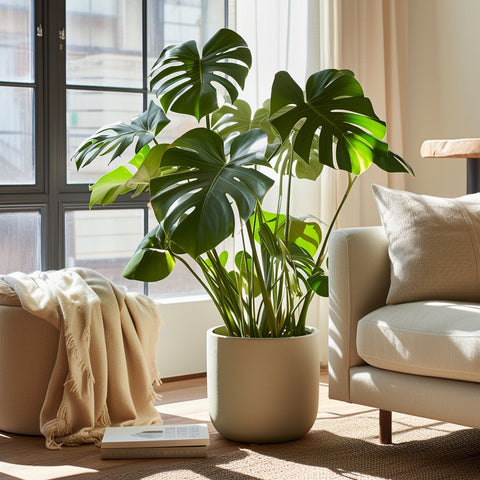
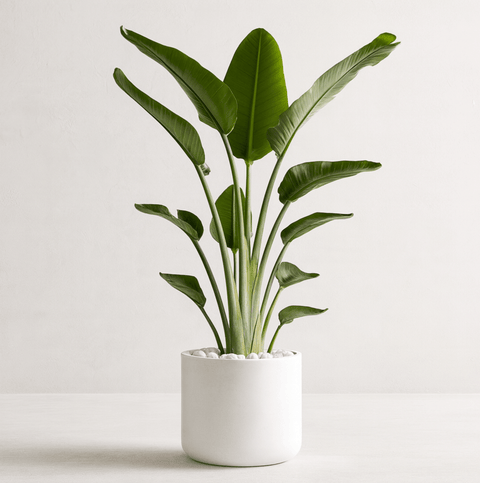

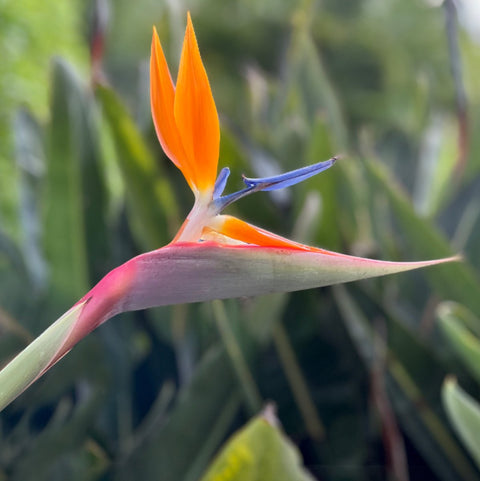
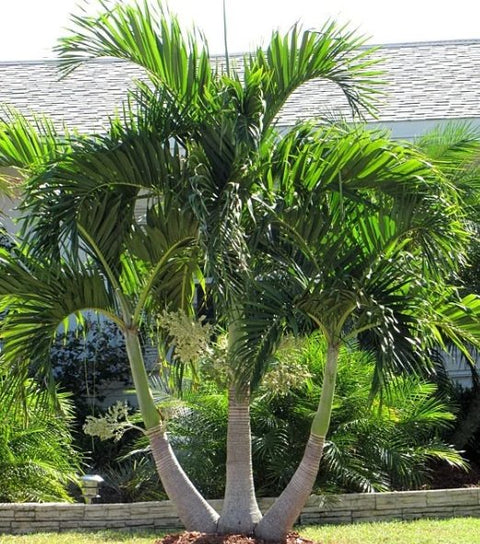
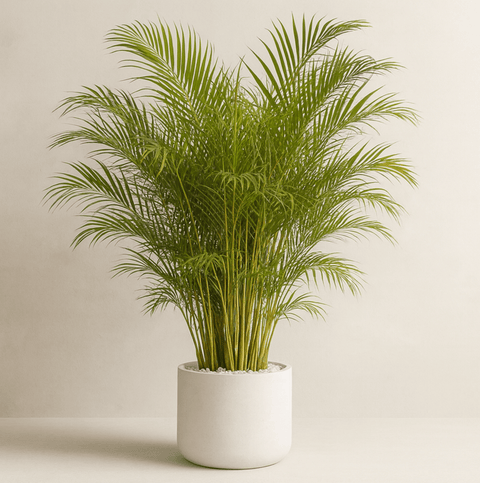
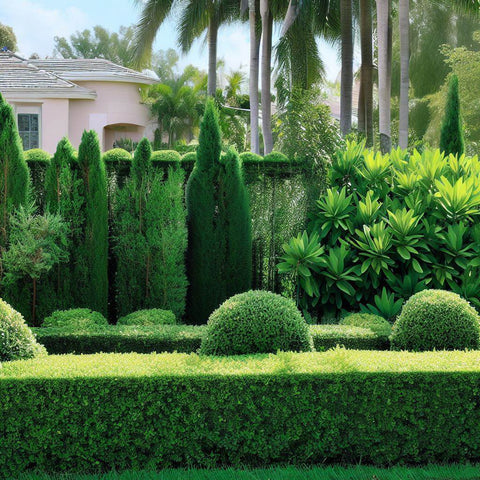

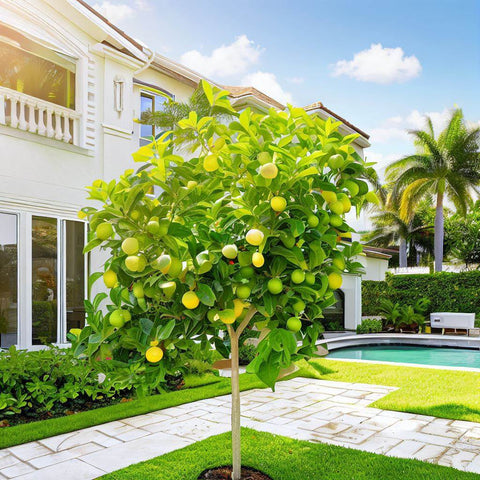
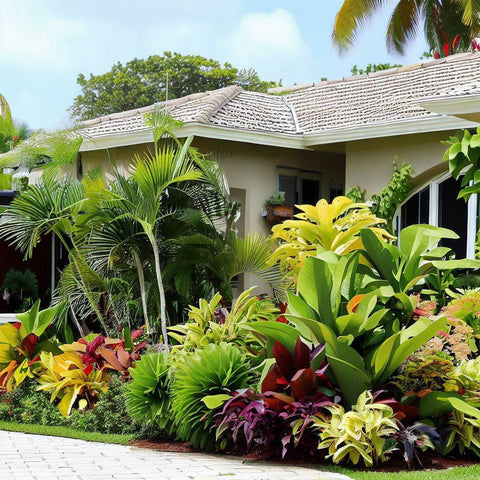

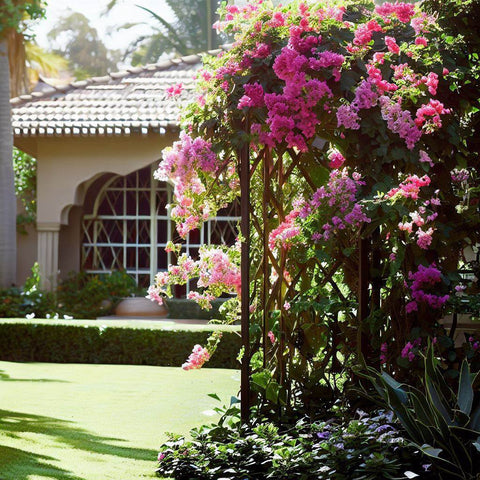
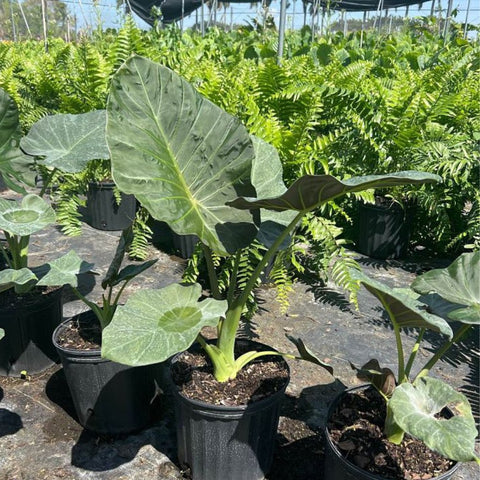
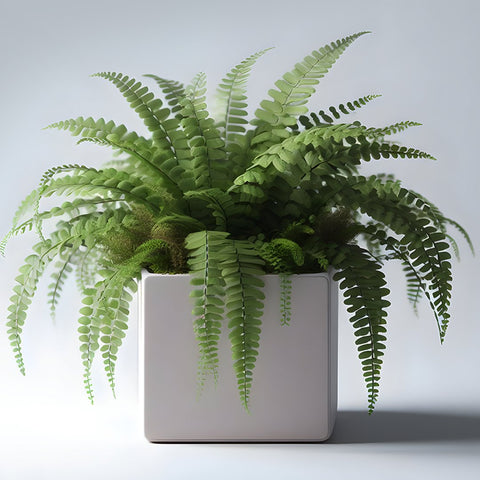
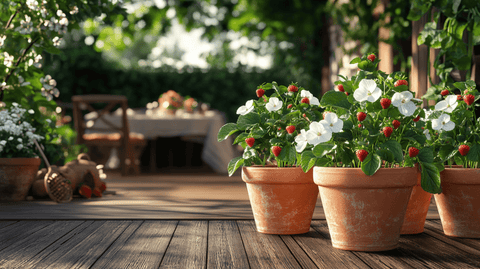
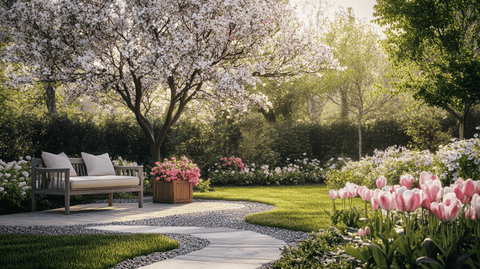

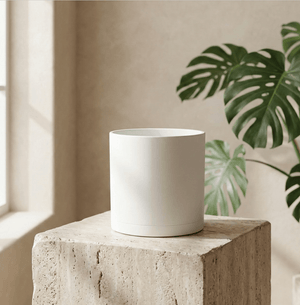
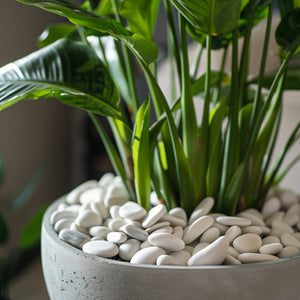
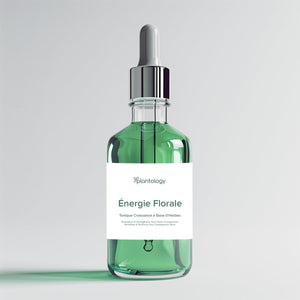
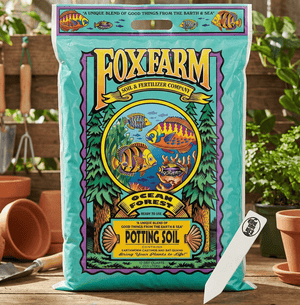
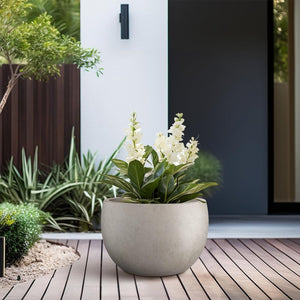



Comments (0)
There are no comments for this article. Be the first one to leave a message!